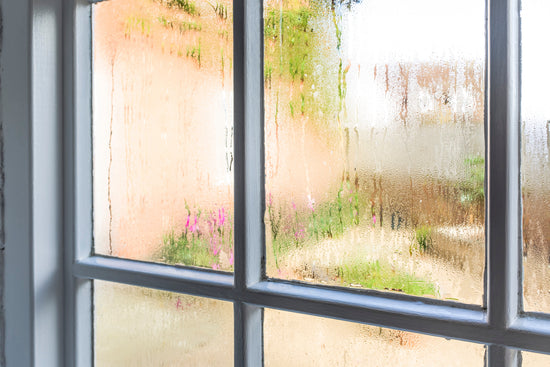No homeowner ever wants to hear the phrase, “You’ve got mold,” but it’s often something both new and experienced homeowners forget about. But, by understanding the warning signs, homeowners can take measures to prevent it from becoming a costly home repair.
Like water damage and other home perils, mold remediation can eat away at home repair budgets. According to Angi and HomeAdvisor, mold remediation will typically cost homeowners between $1,108 and $3,408, or an average of $2,242. But if homeowners overlook mold’s early warning signs, whole house mold remediation can cost between $10,000 to $30,000, including removal and water damage repairs to prevent future issues.
The great news is, that with a little bit of education, it’s easy to prevent mold. With our new Mold Risk task releasing, we want to discuss why it's important to be on top of mold prevention in your home.
Signs of Mold in Your Home
While many homeowners think mold is confined to dark basements, mold can pop up anywhere humidity and moisture are present, especially in areas with warmer temperatures. There are molds that can grow on wood, paper, carpet, and foods.
So, it’s important for homeowners to diligently check areas where moisture might go undetected - behind walls, under carpets, behind your fridge, between bathroom tiles, humid areas such as the kitchen or bathroom and areas with poor ventilation or lighting.
But how can homeowners detect mold? Use these four tell-tale signs that mold may be growing in your house:
- a musty smell that gets stronger as you get closer to the source,
- dark spots on the ceiling, wall or grout,
- a wall or ceiling stain that keeps getting bigger, and
- cracked or peeling wallpaper or plaster.
Why Mold in Your Home Is a Problem
If left untreated, mold can present serious health risks and can cause structural damage to homes, making them unsafe to live in. Sickness from mold exposure is common and some of the most frequent symptoms includes sore eyes or throat, coughing or sneezing, runny or congested nose, itchy skin or asthma.
These symptoms are characteristics of many illnesses ranging from allergies to a viral infection, however, if you find that your symptoms get worse the more time you spend at home, there could be a link between your illness and mold growth in your home.
In addition to illness, bugs are attracted to mold and view it as a prime food source. Different bugs feed on different molds. Fungus gnats, mold mites, cockroaches and millipedes can be a warning sign of mold in your home. Even insects like termites are attracted to mold smells. As mold decomposes wood, termites can more easily imbed themselves into wood structures and help mold take an even
Is Mold Remediation Covered by Insurance?
Whether or not your homeowner’s insurance covers mold remediation depends on the source of the mold and if that cause is a covered peril. Perils are types of damage to your home that your insurance provider will cover for you, such as weather damage or sudden events that threaten the structure of your home.
While insurance companies will cover mold for certain events, like unforeseen water damage from an appliance, mold growth caused by neglect is not covered by home insurance, according to an article in Investopedia. Water leaks or broken seals in and around plumbing, fixtures, appliances, windows and doors are generally not covered in insurance claims but can be easily discovered and quickly repaired.
Prevent Mold by Controlling Moisture
According to the Environmental Protection Agency, the best way to control mold growth is to control moisture. The amount of moisture that the air in your home can hold depends on the temperature of the air.
Understanding the indoor humidity in your home is key to preventing mold. The EPA recommends reducing indoor humidity (to 30-60%) to prevent condensation and reduce mold risk. Some tactics to prevent mold growth include:
- Installing dehumidifiers in bathrooms and basements
- Cleaning gutters, replacing old appliances, and bleaching your bathroom
- Visually inspecting areas of your home that are susceptible to mold growth like crawl spaces, laundry rooms and cabinets beneath the sink – especially if you live in a humid or warm climate
- Installing Notion Sensors to detect leaks and mold risk so you can be alerted about potential concerns
Preventing mold should be a top priority for homeowners and taking precautions will help eliminate costly home repairs and headaches down the line. With a few small investments, like purchasing a dehumidifier or moisture and temperature detecting sensors, homeowners can help prevent mold from growing.





